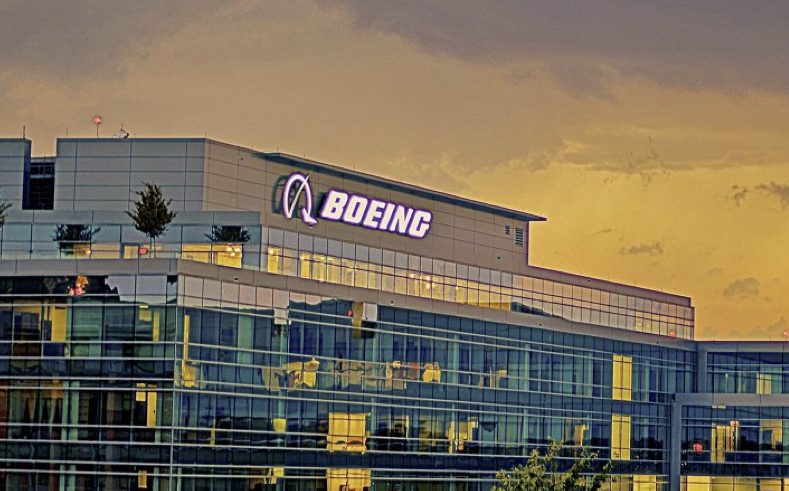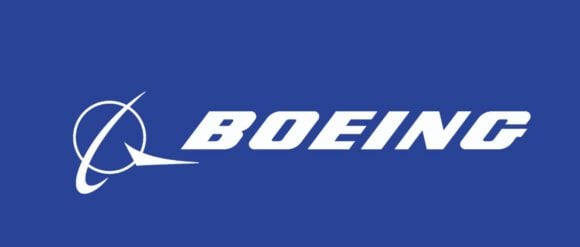
Boeing HQ
Today’s key news focuses on the IAM negotiations and Boeing’s cancellation of health insurance for striking employees, the potential impact of the port strike on Airbus and Boeing east coast facilities, and how faulty parts that caused a rudder problem ended up on Boeing aircraft.
The latest element in the IAM Boeing strike is Boeing’s cancellation of health insurance for 33,000 employees. This seems a draconian move while negotiations are in process, particularly since new CEO Kelly Ortberg indicated that he wanted to establish trust between management and the union. Cancelling union members health insurance will likely have the opposite effect.
The optics of Boeing’s action are not good. Families and children of the experienced employees that Boeing needs to build aircraft are being impacted by this decision. At best, this is another incident of poor judgment by Boeing executives, and at worst, it is a tactic to try and harm the union by taking actions that hurt the families of Boeing employees.
Boeing can’t replace all of the workers, nor move 737 production out of Seattle without experiencing a Chapter 11 bankruptcy. They need the IAM. But, with a shortage of skilled workers across many industries, the workers aren’t as reliant on Boeing. Will this action be the straw that broke the camel’s back and cause Boeing employees to look elsewhere for employment? It is possible. And since it takes a couple of years to train an employee to the level that they can effectively work unsupervised, that could negatively impact a post-strike production ramp-up.
Typically, labor strikes look to the most recent settlement as a baseline for their negotiations. The UAW have minimum gains of 33% in their most recent contract, with many employees receiving bonuses and higher gains. This resulted in the union voting down the initial 25% agreement, despite endorsement from union leadership. The longshoremen in the port strike are asking for a raise of more than 70%. Assuming they settle for more than the 40% the IAM is asking, the rank and file might ratchet up the IAM demands. Boeing needs to be careful, given its tenuous financial position, and work to reach a settlement before the longshoreman likely set a higher precedent.
Boeing may be wondering who it is negotiating with. Clearly, union management mis-read the rank and file after reaching a tentative agreement. The ratification vote of 96% against clearly illustrated that, and resulted in Boeing issuing a “best and final” offer that was rejected. With that as Boeing’s decision to publicize a “best and final” offer that is not going to be where the terms end up, they have lost credibility.
Our view is that the IAM holds most of the cards in this negotiation, and that Boeing is in a weak position to negotiate. This action will likely backfire badly for Boeing unless Kelly Ortberg comes in and reverses the health care cancellation.
The port strike may not simply set a precedent for wage increases, it may also, if extended, further damage the supply chain for Boeing and Airbus and their Southeast US facilities. The Boeing 787 built in Charleston, South Carolina, and the A320 and A220 families assembled in Mobile, Alabama, may be negatively impacted. Parts that move across the Atlantic may become in short supply if the port strike is prolonged. While shipment by air is more expensive, and both companies have large scale freighters, the OEMs may be forced to use alternative measures if ports are shut.
Finally, the latest rudder flaw on the Boeing 737 is explained well by Dominic Gates in the Seattle Times.
Links to today’s news follow:
- Boeing cancels health insurance for striking workers, union calls it error – Aerotime
- Union leader calls on Boeing CEO to come to bargaining table after health care cut- Washington Times
- The port strike could strand Boeing and Airbus parts – Quartz
- NTSB slams FAA, Boeing on possible rudder failure. Here’s how the faulty parts ended up on planes – Seattle Times
Views: 5




